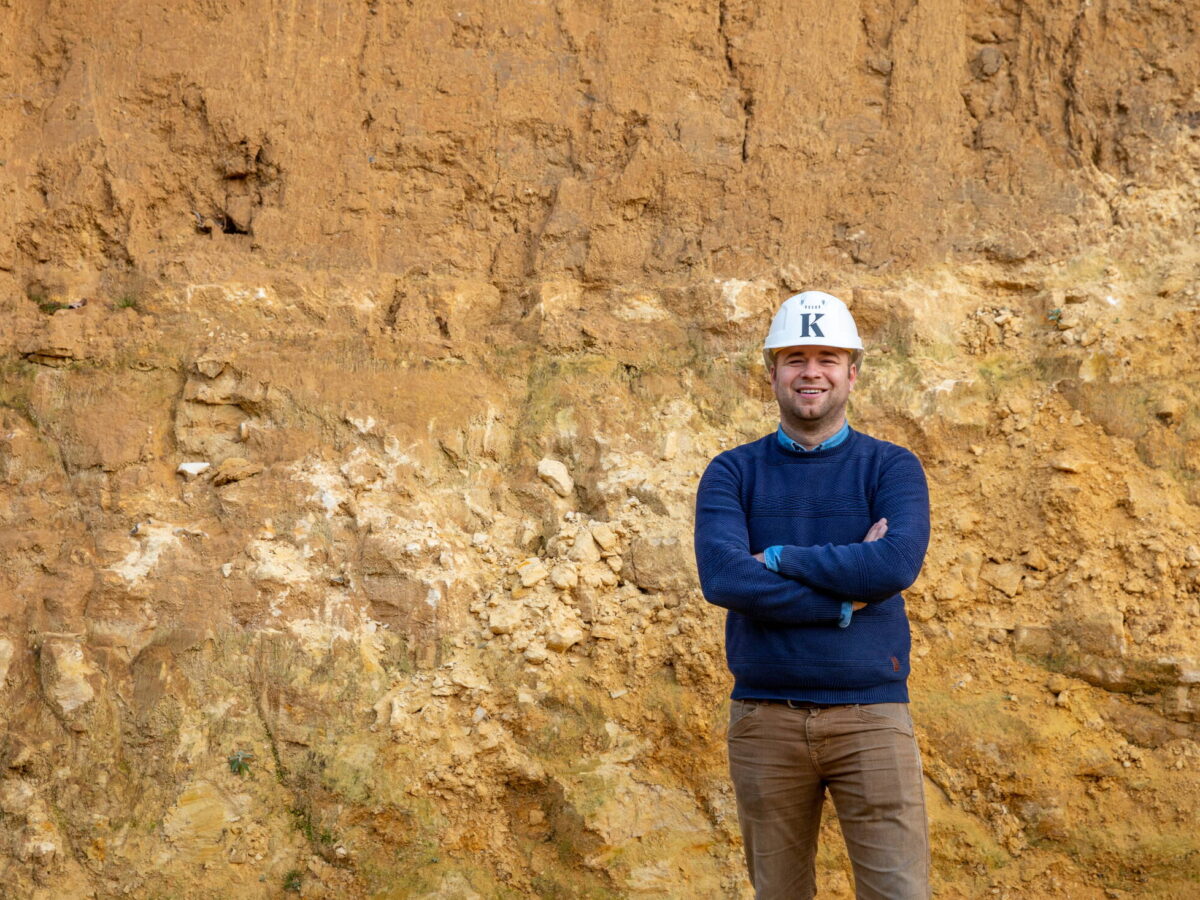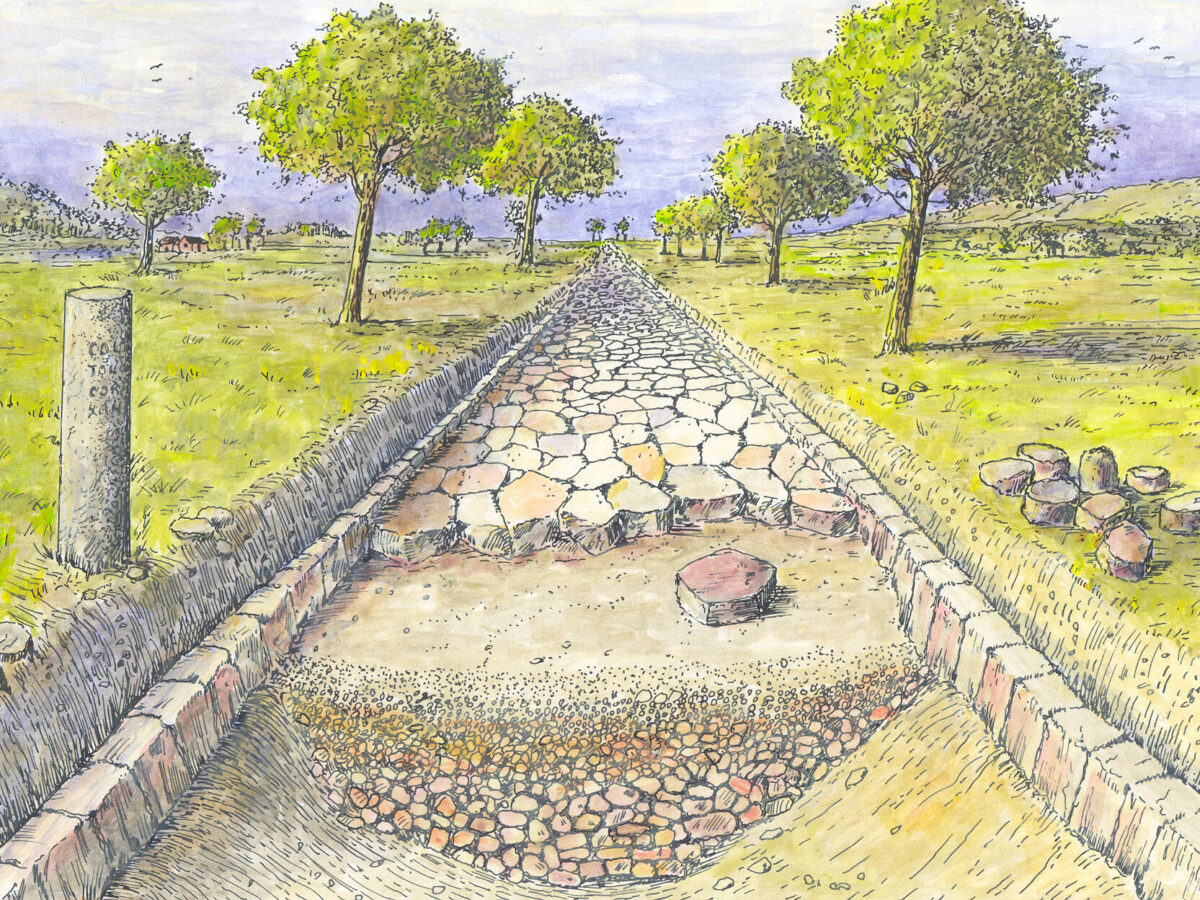Bas Vervuurt, Friend of Via Belgica
Author: Harry Lindelauf
Photography: Philip Driessen

Who, besides Marcus Agrippa, worked on the Via Belgica back in the day, we will never know for sure. But we do know who is putting the Roman past on the map today: the Friends of Via Belgica. Entrepreneurs, volunteers, institutions, and governments alike. By joining forces, they are turning the Via Belgica into a true road of connection. We would like to introduce you to some of these Friends. This time: Bas Vervuurt of the Kunrader Quarry.
“Every time I hold pieces of Kunrader stone in my hands, I’m reminded of the Romans. When I think about it, it’s actually amazing that they managed to achieve the same things we do today—without our modern tools and machines. They were clever, too: for the Thermenmuseum they quarried stone from the Putberg. That way, they only had to haul it downhill with their carts.” Bas laughs. But anyone who tries to move a cubic meter of Kunrader stone quickly understands why: such a load weighs 1,800 kilos.
"It is amazing that the Romans managed to accomplish this"— Bas Vervuurt

3D printers
Where exactly the Romans quarried their Kunrader stone is not known. What we do know is that the site lay lower on the slope than the current quarry. We also know that the same layers of stone surface in other places.
“Just a stone’s throw from our quarry on the Bergseweg in Voerendaal, the Romans extracted stone for their houses and bathhouses. Besides the Putberg, there was also a quarry in Craubeek.” With that stone, the Romans built the Villa Ten Hove in Voerendaal. Time seems to have no grip on Kunrader stone. In addition to its traditional use as a building material, experiments are underway to process the stone dust in 3D printers. It is also being used as a pigment for paints.
.

